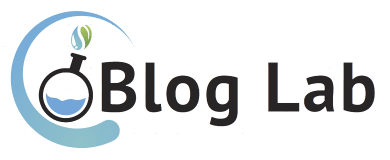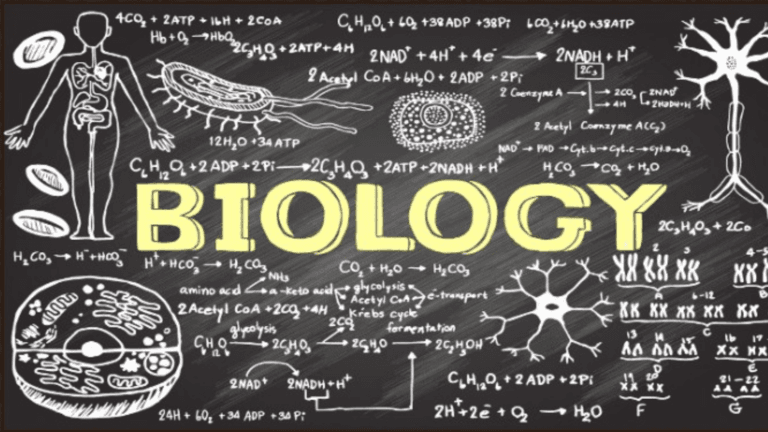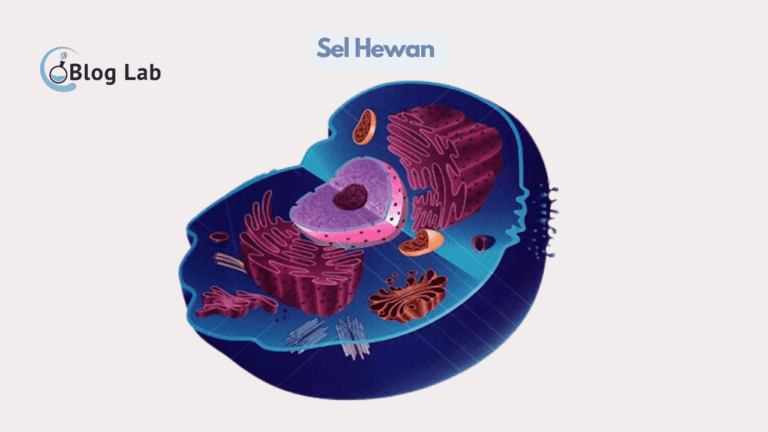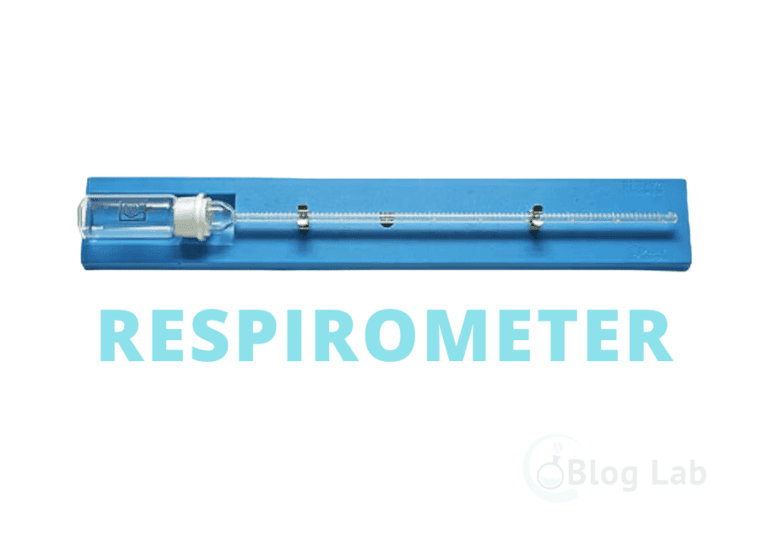Physiology Anatomy
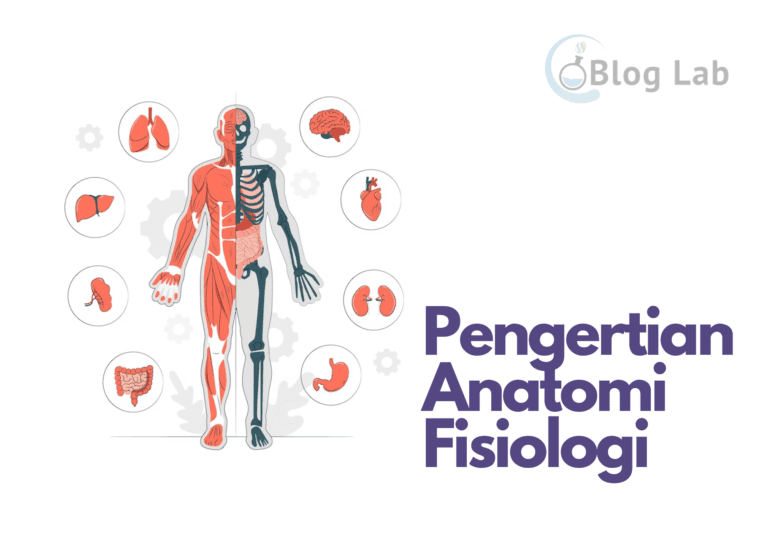
The notion of physiological anatomy is two branches of biological science related to human body structure and function And other living things. Anatomy is the study of shape, order, and relationship between parts of the body, while physiology is the science that studies the processes and mechanisms that occur in the body. Anatomy and physiology are interconnected because body structure determines body function, and vice versa.
Anatomy

Anatomy comes from the Greek "anatempnein" which means cut or dissect. Anatomy can be divided into multiple branches, among other things:
- Macroscopic anatomy: science that studies the structure of the naked eye, like bones, muscles, organs and organ systems.
- microscopic anatomy: science that studies the structure of a body that can only be observed with the help of a microscope, such as cells, tissue, and organula.
- Anatomies of progress: science that studied the structure changes since fertilization until death.
- Anatomy comparison: science that studies the equations and structure differences between different species.
- It's functional anatomy: science that studies the relationship between structure and body function.
Physiology

Physiology comes from the Greek "physis" which means natural or natural, and "logos" which means knowledge or science. Physiology can be divided into branches, among other things:
- Cell physiology: the science that studies the function of the cell and its components, like the membrane of the cell, the cytoplasm, the nucleus, and the organelles.
- Network physiology: science that studies the function of tissue and interaction between the cells of its composing cells, like epithelial tissue, binding tissue, muscle tissue and nerve tissue.
- Organ physiology: the science that studies organ function and deals with other organ systems, like heart, lungs, kidneys, liver and brain.
- System physiology: the science that studies the function of the organ system and its coordination to preserve the body's homeostasis, like the cardiovascular system, the respiration system, the excretion system, the digestive system, and the nervous system.
- Ecological physiology: science that studies the physiological adaptation of living organisms against its physical and biological environment.
Conclusion
Anatomy and physiology are two branches of interconnected biological science. Anatomy studies the structure of living beings, whereas physiology studies the function of living bodies. Anatomy and physiology can be divided into multiple branches according to the organizational level or specialization of its field. Anatomies and physiology are important to study because it can help us understand how our bodies work normally and abnormally.
I hope this article works for you.
